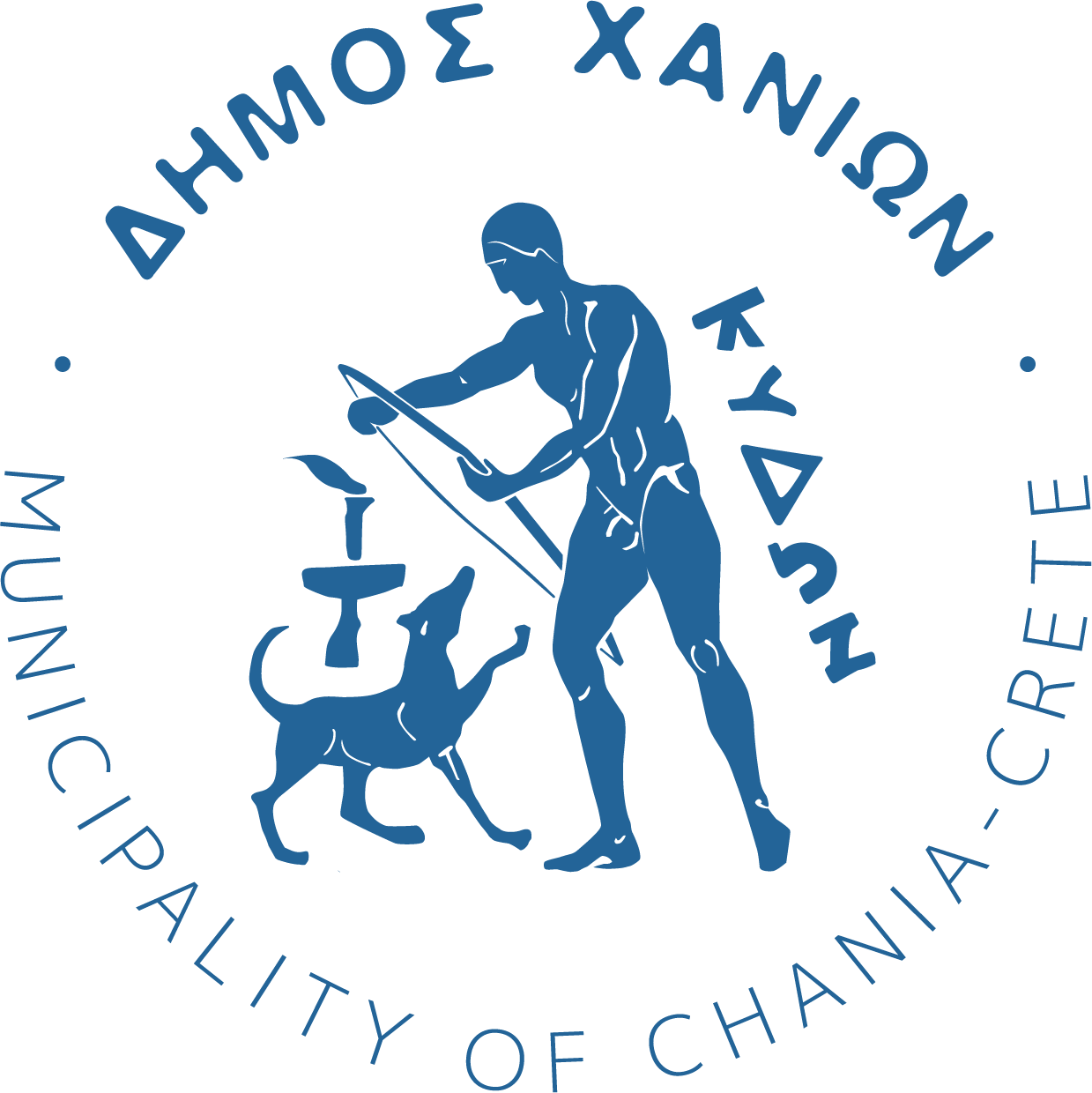It was the predominantly Turkish district of the city. In old drawings it is referred to as “Ponte de Viari” and was to the Turks what the fountain was to the Christians.
Under the huge plane tree (the place of execution of Christian martyrs during the Turkish occupation) and the elegant Arabic pavilion, in the centre of the quarter, an underground water tank with hydrants had been built in the past, to which one could descend by three stairs.
“Passing narrow and narrowed streets, bending under arches – heavy and sad remnants of the old conquerors – you come out in Splantzia, Splantzia all red with Turkish fezzes. Splantzia is the Turkish square of Chania. All around, turkish houses are raised with framed windows and dovecotes on the frame. The square is a piece of living turquoise in the capital of Crete. There are Turkish cafes and shops around and Turkish people dressed well and Turkish people barefoot, niggers burnt, with arms and legs as if they had been galvanized by work, sipping their coffee in big cups or discussing with lowered voices and bowed heads.
In the middle a Turkish gazebo rises in a small and flowering garden. That’s where the prefects, the Turks and the beys go and drink their coffee and argile. An old plane next door stands serious and melancholic like a hodja… The whole Turkish square full of flowers and branches and basil and dew and freshness…
Across the street a mosque (Hoogiar Jamisi which means: Monarch’s mosque, dedicated to the Sultan) pointing to the sky with its white minaret… This between a glass of water and a cup of coffee in the square of the Turkish neighbourhood, among the Turkish people lying on their backs, black niggers, Turkish children jumping on the caldera and the chanamish women who cavort majestically with their black umbrellas open. ..
At other times in the black years that have passed, in this square the Christian martyrs of Cretan Freedom were put to death and their limbs were cut from the branches of the plane tree to serve as a target for the Turkish sifters… Now the square is a tame centre to which the Christian who goes there is sure to receive great and above all sincere treatment. Splantzia is in its glory during the great Muslim festivals, when the people finally go there to congratulate their fellow Turks. The music of the Gendarmerie is playing, fireworks are burning at night, there is unique entertainment…”.
A little further up, in an alley, the church of Agioi Anargyroi is preserved, while behind “Petaladika Street”, today’s Tsouderon Street, is the Aga tzamisi, the mosque whose minaret is preserved today in the Malinakis factory.




